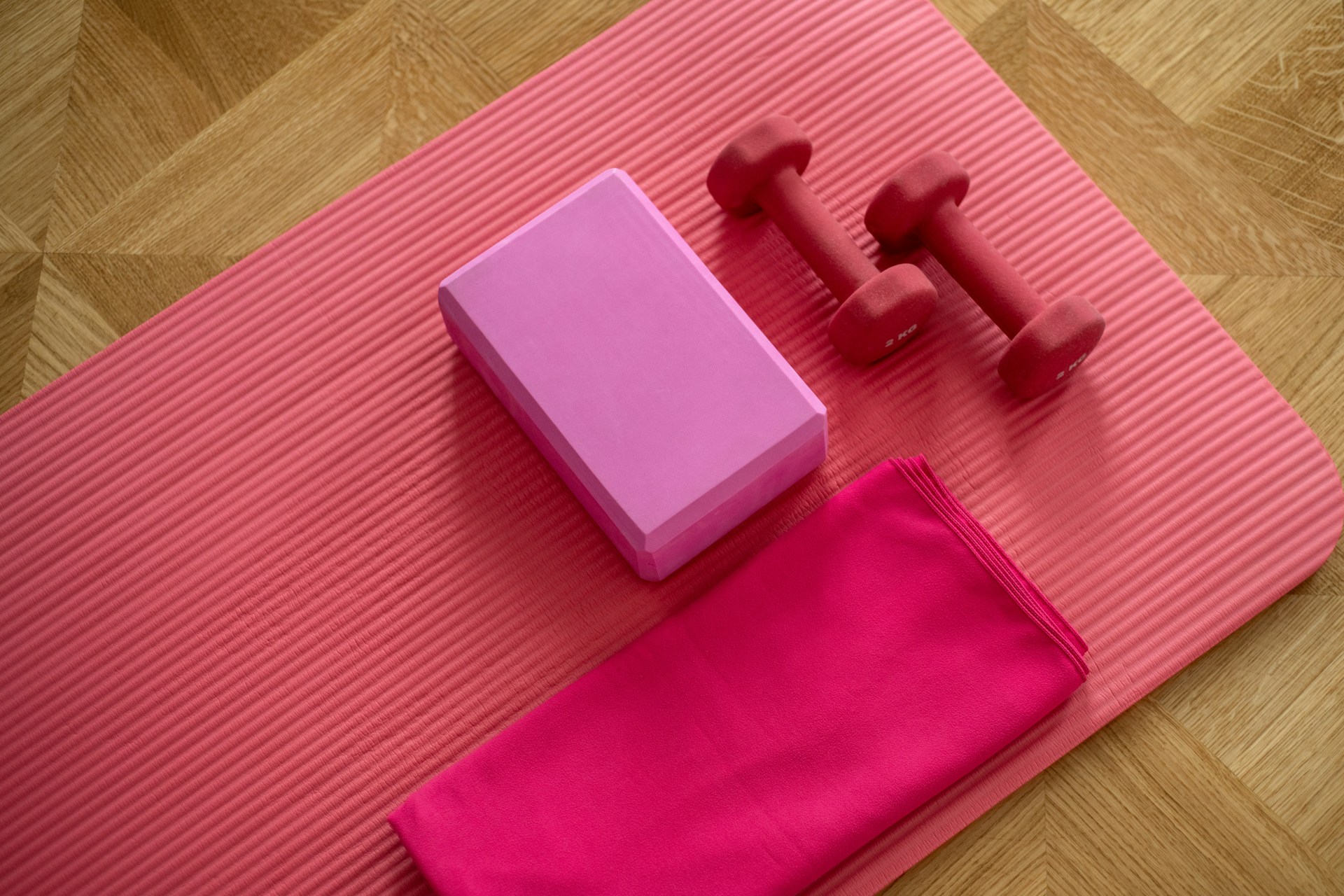Movement
Less Exercise, More Longevity: Surprising Findings for Women

Exercise is widely recognized as a key contributor to a longer, healthier life. Interestingly, recent research indicates that women may not need to exercise as much as men to reap similar longevity benefits. This discovery is particularly noteworthy given that current physical activity guidelines for American adults do not differentiate between genders. However, due to variations in size, muscle mass, and lean body mass, it seems that women can significantly enhance their lifespan with approximately half the exercise required by men.
Martha Gulati, the director of preventive cardiology in the Smidt Heart Institute at Cedars-Sinai and a co-author of the study, emphasized the importance of physical activity, stating, “Being physically active matters, and it seems to influence overall survival. But small amounts can go a long way, and in fact, for women, smaller amounts can go a longer way than they can for men.”
The study, published in the Journal of the American College of Cardiology, analyzed data from over 400,000 U.S. adults who provided information on their leisure-time activity from 1997 to 2017. This data was then compared with death records. The results showed that women derived greater longevity benefits from exercise.
Gulati explained, “Men require more exercise partially due to the fact that they have greater muscle mass and greater lean body mass. And so when they exercise, the benefit to the whole body, including the muscles, requires a greater duration.”
Mercedes Carnethon, a professor and vice chair of preventive medicine at Northwestern University Feinberg School of Medicine, concurred that physiological differences between the sexes could account for these findings. She was not involved in the new study.
Gulati hopes that these findings will motivate more women to engage in regular leisure-time physical activity, thereby closing the “gender gap” in exercise. Currently, only 20.4% of women meet national exercise guidelines, compared to 28.3% of men.
Ulrik Wisløff, the head of the Cardiac Exercise Research Group at the Norwegian University of Science and Technology in Trondheim, found the new study’s data consistent with his own research, which suggests that women require less exercise than men to protect against lifestyle-related diseases and premature death. He stated, “Their data are of high interest to me, and it is an area that has been overlooked for too long.”
The authors of the study noted that while the longevity benefits of physical activity for men and women are more similar at lower levels of physical activity, the differences become more pronounced at higher levels of exercise.
However, the study does have its limitations. For instance, participants’ physical activity was not tracked, so researchers could not verify their self-reported data. Furthermore, the survey only accounted for leisure-time physical activity, excluding daily activities such as walking to work, gardening, or cleaning the house.
Despite these limitations, the study’s findings are significant. Keith C. Ferdinand, the Gerald S. Berenson chair in preventative cardiology at Tulane University School of Medicine, who was not involved in the study, noted that differences in male and female life expectancy “didn’t explain the observation. It’s not simply because the women live longer.”
While Gulati doesn’t expect this study’s findings to alter physical activity guidelines, she hopes it will inspire further research into the subject, leading to a better understanding of what exercise prescriptions should be given to patients.
Let us know what you think, please share your thoughts in the comments below.
